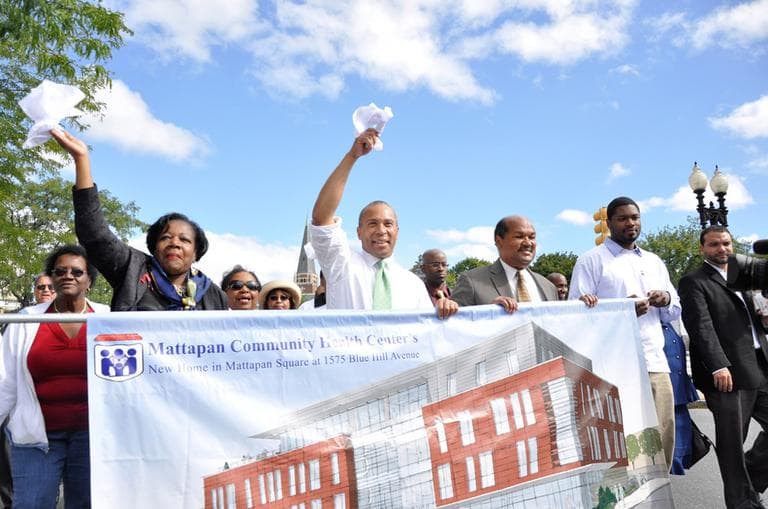Advertisement
Urban League Examines Race In Boston
Resume
This week, the National Urban League is holding its annual convention here in Boston.
The fact that one of the nation's oldest civil rights organizations has returned here for the first time in more than three decades is hugely significant for a city that has struggled to shed its reputation of being less than welcoming to African-Americans.
The last time the Urban League convened here — back in 1976 — the wounds from Boston's divisive fights over racial desegregation were still fresh. But it's a much different city today. It's now a "majority minority city." African-Americans, Caribbean blacks, Latinos and Asians now make up 53 percent of the city.
And yet racial inequality still haunts Boston. Black Bostonians are much poorer than whites. They drop out of school at much higher rates, go to college at much lower rates, and they live shorter lives in a city where racism still perpetuates many of these disparities.
That's the conclusion of a mammoth report called the "State of Black Boston" from the Urban League, the William Monroe Trotter Institute and the Boston Branch of the NAACP.
Guests:
- Ken Cooper, independent journalist; editor, Trotter Review
- James Jennings, professor, Department of Urban and Environmental Policy and Planning, Tufts University
- Horace Small, executive director, Union of Minority Neighborhoods
This segment aired on July 25, 2011.